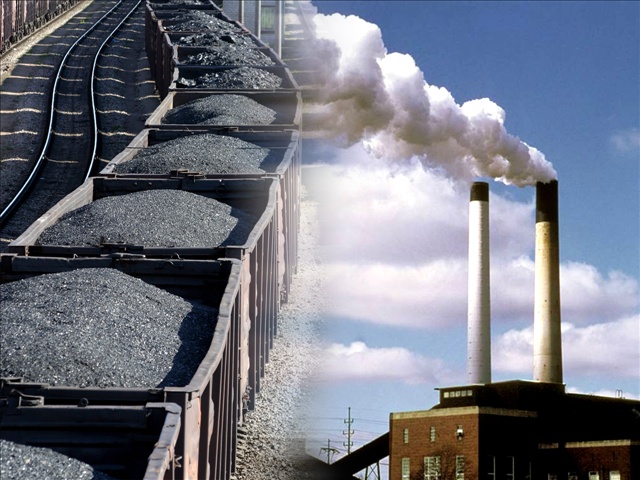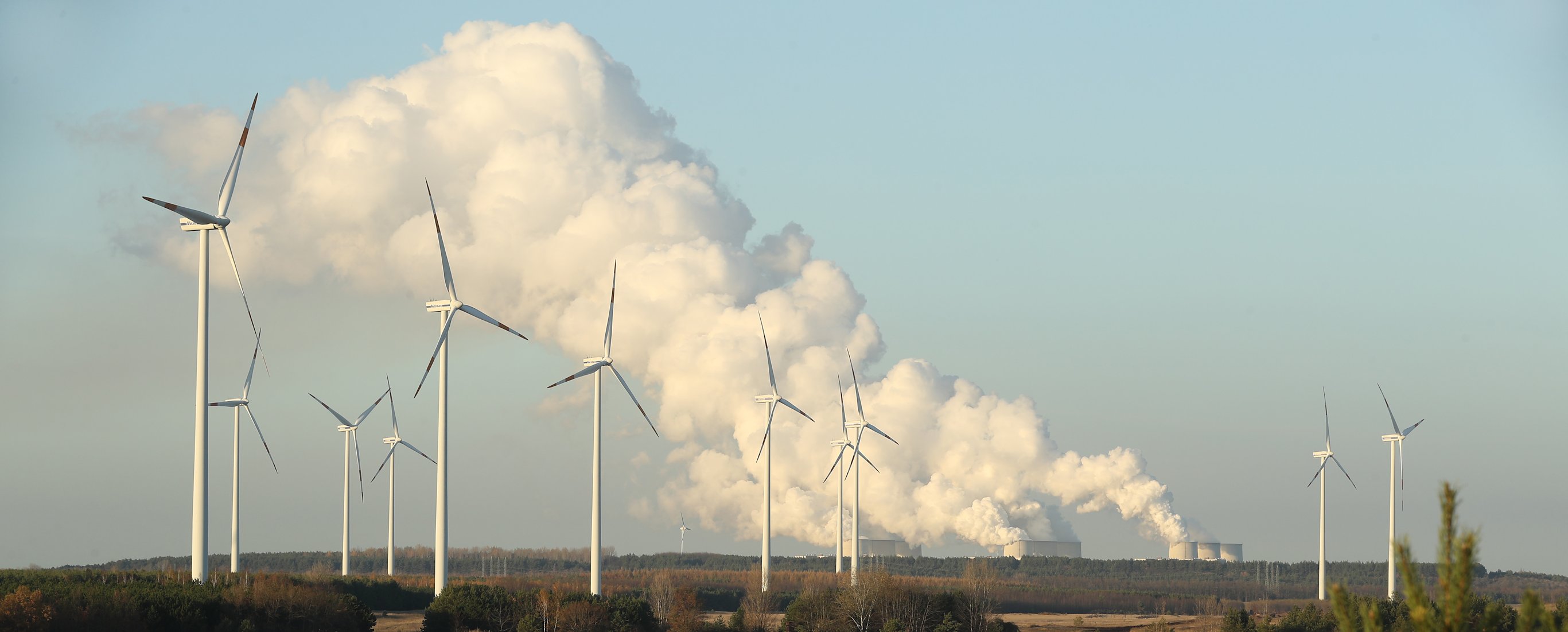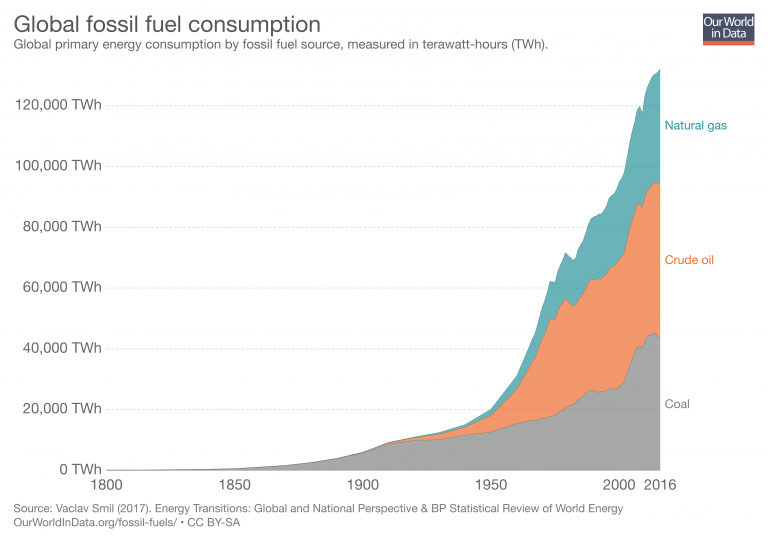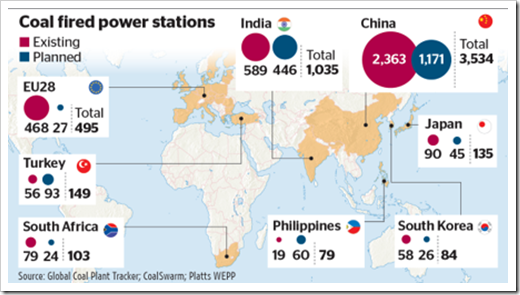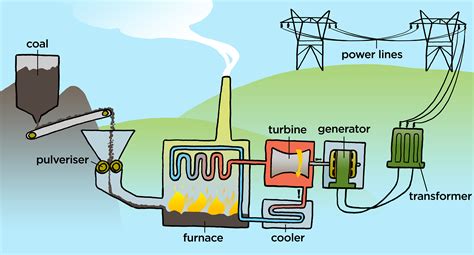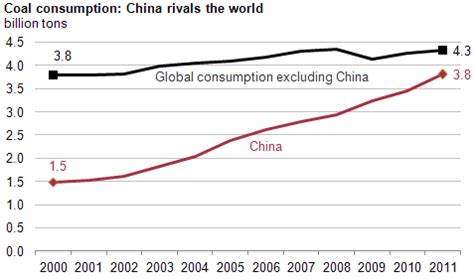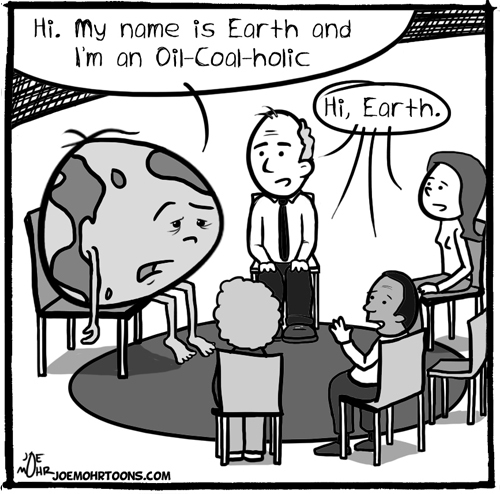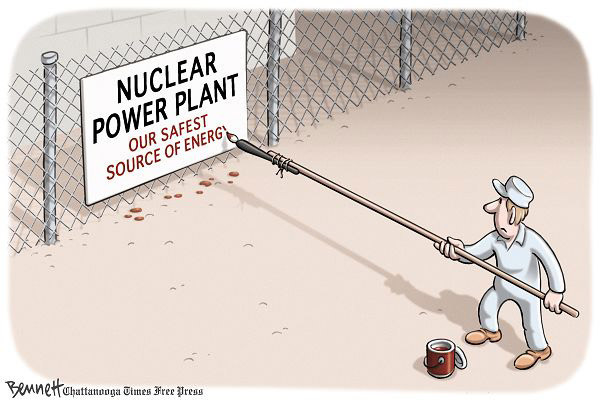|
INTRODUCTION :
Near the
bottom of the home page of this site, there is a simple
calculation that shows that the heat-generating 'potential'
of the 2-Billion-plus gasoline-and-diesel-burning
internal combustion engines on planet Earth is likely to be
the equivalent of heat from about 2 Billion times 300 horses =
600 BILLION horses.
So, in the past 120 years or so (about 1900 to 2020),
humans have effectively added about HALF A TRILLION
potentially-heat-generating horses to planet Earth
--- almost 100 times more 'horse-equivalents' than the
7-plus billion humans on Earth (100 horses for every human)
--- and about 10,000 times more than the
60 million actual horses in the world.
(Luckily, nowhere near all of those 'horse-equivalents' are
working 24 hours a day, every day.)
That bottom section of the home page also points out that
--- in addition to internal combustion engines ---
which burn LIQUID petroleum fuels --- generating
enormous amounts of heat into the atmosphere . . .
there are millions of industrial and residential
NATURAL-GAS ovens, kilns, furnaces, heaters,
smelters, foundries, gas turbines for electricity
generation, etc. --- running 24/7 --- or 3/7 ---
or 16/5 --- or thereabout.
Those millions of furnaces-ovens-kilns-etc are generating
(every day) billions of 'hot horse equivalents' of heat
by the consumption of the world's NATURAL GAS.
(By 'hot-horse-equivalent' is meant the heat generated by
a hard-working, untiring 'super horse' --- working all day, every day ---
without the horse-poop.)
Besides LIQUID-petroleum fuels and Natural GAS, there is a THIRD
major category of HEAT-GENERATION --- from SOLID fossil fuel (coal).
Fossil fuels can be categorized into THREE major types:
This page will concentrate on COAL.
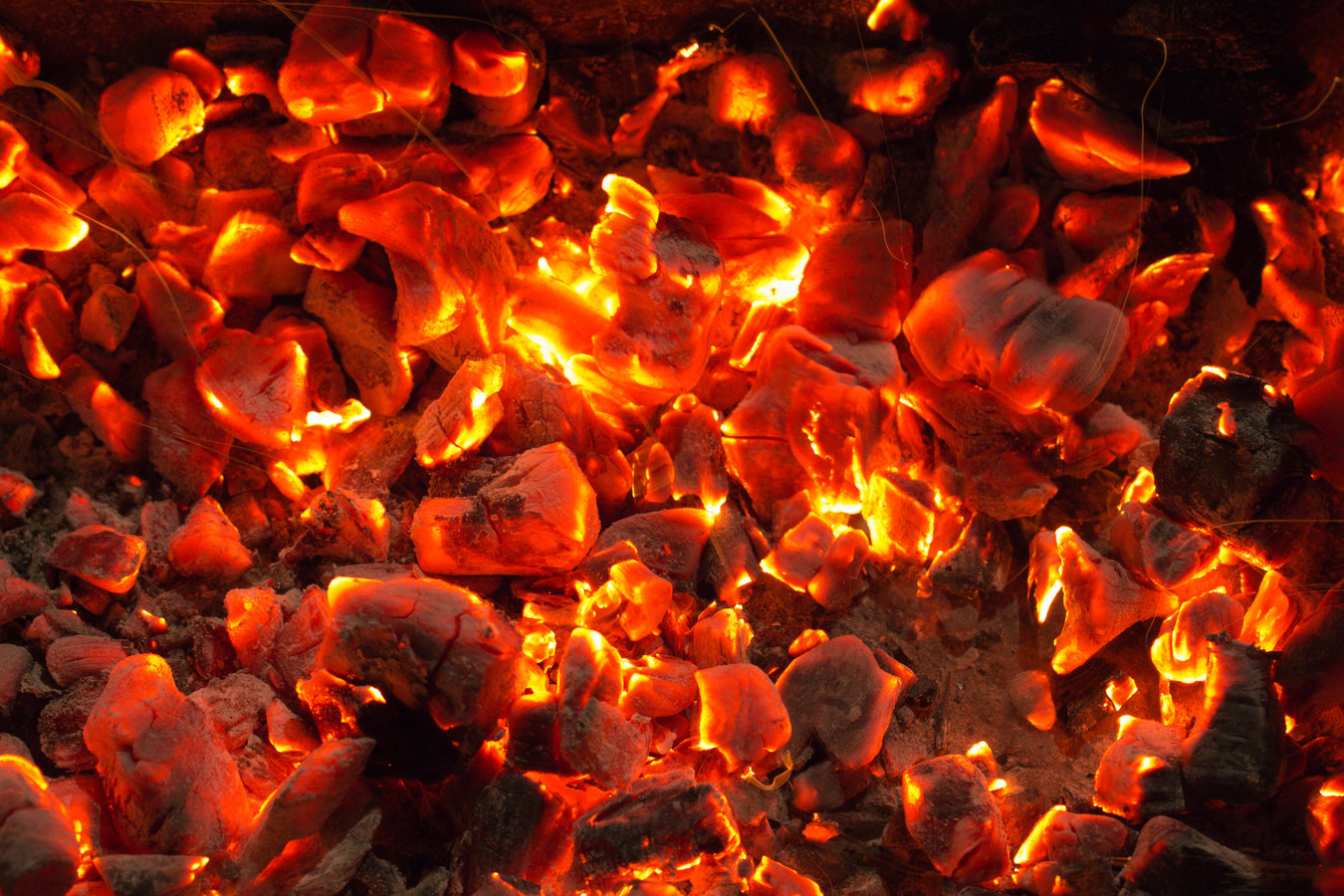
The intent of this page is to provide a simple arithmetic
calculation (using only multiplication and division of a
few quantities) to convert the world consumption of
COAL (in tons per year, say) to
horsepower --- or what could be called
'hot super-horse equivalents'.
We can provide a more precise definition of 'hot horse equivalent'
than the rather-vague 'hard working horse --- all day' description above.
A 'hot horse equivalent' is the heat energy being generated constantly
at the same energy generation rate as a horse lifting
550 pounds one foot in each second, every second of every day.
This is based on the definition of a unit of
'horsepower'.
In other words, a 'hot horse equivalent' is the constant
heat generation from a hard-working 'super horse' that
never gets tired and works 24 hours a day, day after day ---
lifting a 550 pound weight at a rate of one foot each second.
Note that
power is a measure of the amount of energy created or
expended per unit of time.
Also note that a
'foot-pound' is a unit-of-measure of energy --- a
pound of force acting through a distance of one foot.
Then one unit of horsepower is 550 of those 'foot-pounds'
of energy being expended (or used) in one second.
Note that an adult horse weighs about 380 to 550 kilograms
(840 to 1,210 pounds) --- roughly as much as 6 humans. You can
expect a horse to be as powerful as about 6 athletic humans.
Then, to equal the power-output of a horse, each of those
humans could be expected to lift about 550 / 6 = 91.6 pounds
per second.
That is a heavy load to lift that fast --- especially if
you were expected to do that all day, every day,
day after day.
This may give you an idea of the energy expenditure of
one 'hot super horse'. It is roughly the equivalent of
6 humans, each of which is continuously raising 91.6
pounds (almost 100 pounds) every second of every minute
of every day.
That is an impossible task --- so we are
talking about 6 'super-humans'.
Note that mechanical energy of moving objects is
eventually converted into heat energy (vibration of molecules
--- in various objects, such as air-water-earth) as the
moving objects (cars, turbines, tools, etc) finally return to rest.
For example:
A car gives off heat energy from the engine and exhaust system when
it comes to rest. And the car was transferring heat energy into
the air passing through its radiator when the car was running.
And the car was 'bashing into' air molecules when it was running,
transferring much of its mechanical energy into heat energy in the air
(increased velocity of N2 and O2 molecules). Also much of its
mechanical energy was transferred into friction (heat energy) as
gears and shafts and tires and brake-pads rotated against adjacent surfaces.
THE CALCULATION :
There are several ways that the annual world-wide consumption
of COAL could be converted to 'horse-equivalents' (horsepower)
--- using various units of measure and various conversion factors.
Here is an outline of one such method:
-
Find the annual consumption of coal --- in tons, say.
For example, at
worldometers.info one can find that in 2016,
global consumption of coal was 8.561 BILLION tons.
(A graph there shows that world coal consumption has approximately
doubled in the 36 years between 1980 and 2016.)
-
Find a conversion factor for the energy in a TON of COAL to
energy units of HORSEPOWER-HOURS.
For example,
kylesconverter.com shows that 1 ton of COAL is equal to
10,917 horsepower-hours.
-
There are about 365 x 24 = 8,760 hours in a year.
-
We can divide the annual consumption of coal --- 8,561 million tons
--- by 8,760 hours to get a consumption rate of 0.977 million
tons per hour (almost a million tons per hour).
-
We can multiply
0.977 MILLION tons per hour
by the conversion factor
10,917 horsepower-hours per ton
to give
10,665 MILLION = 10.665 BILLION horsepower
(or 'horse-equivalents' --- of heat energy generation per unit of time)
A units-of-measure check:
tons / hour times horsepower-hours / ton
gives
horsepower
because the hour and tons units cancel leaving horsepower.
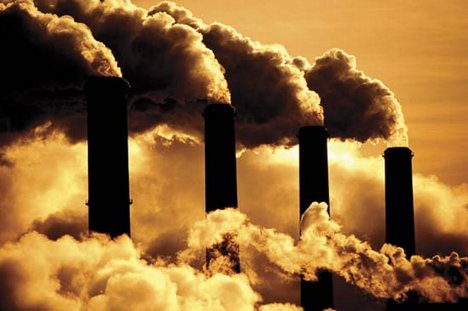
The bottom-line :
Due to annual world-wide consumption of COAL, humans have
added the equivalent of about 10 BILLION heat-generating,
24-hours-a-day, non-tiring, hard-working super-horses to the planet
--- about 167 times more than the
60 million actual horses in the world (which are NOT 'super-horses' working 24/7).
This 10 billion 'coal-horses' of power is being used/generated
by about 7.5 billion-plus humans ---
in addition to their 2-billion-plus internal combustion engines (ICE's) (and other
oil burning devices) that burn LIQUID petroleum fuels ---
and in addition to all their NATURAL-GAS-burning
furnaces-ovens-kilns-etc in the world, which are generating
huge volumes of heat every day.
Here is a
link to a page showing that there are about 6 BILLION
'hot-untiring-horse-equivalents' in the NATURAL GAS
being burned world-wide.
In addition, here is a
link to a page showing that there are about 8 BILLION
'hot-untiring-horse-equivalents' in the OIL-distillates being burned world-wide.
So --- adding up the 'horse-equivalents' from Natural-Gas and Coal and Oil-Distillates
--- about 7.5 billion humans are responsible for at least 6 + 10 + 8 =
24 BILLION hot-super-horse-equivalents of heat generation every day
on planet Earth.
This is about 400 times more horse-equivalents than the
60 million actual horses in the world (which are not 'super-horses' working
all day, every day).
Another way of looking at this:
Each human has, on average, about 24-billion-super-horses / 7.5-billion-humans =
3.2 super-horse-equivalents working for them --- 24 hours a day --- every day.
This has implications to the issue of over-population of the Earth
--- not just land-limits, but also heat-limits.
See the discussion of the "Father of Microbiology"
Antonie van Leeuwenhoek
at the
bottom of the home page of this site.
CONCLUSION:
Humans have some work to do, if they want to stop over-heating their world
and avoid wiping themselves out.
Note that the neutralizing effect of glaciers-and-snow-and-ice is
fast disappearing. When they are gone, the Earth temperatures will
REALLY start rising fast.
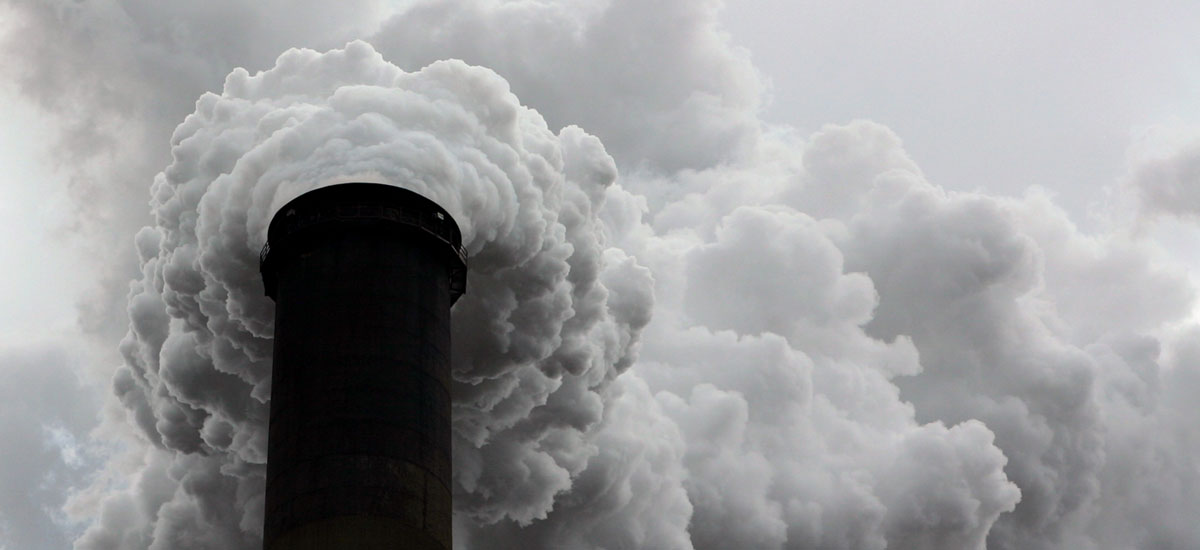
For further facts on COAL heat-generation and atmospheric
heating, here are some web searches to try (and to modify).
You could try changing some of these 'keywords' to look
for information of interest to you.
|
